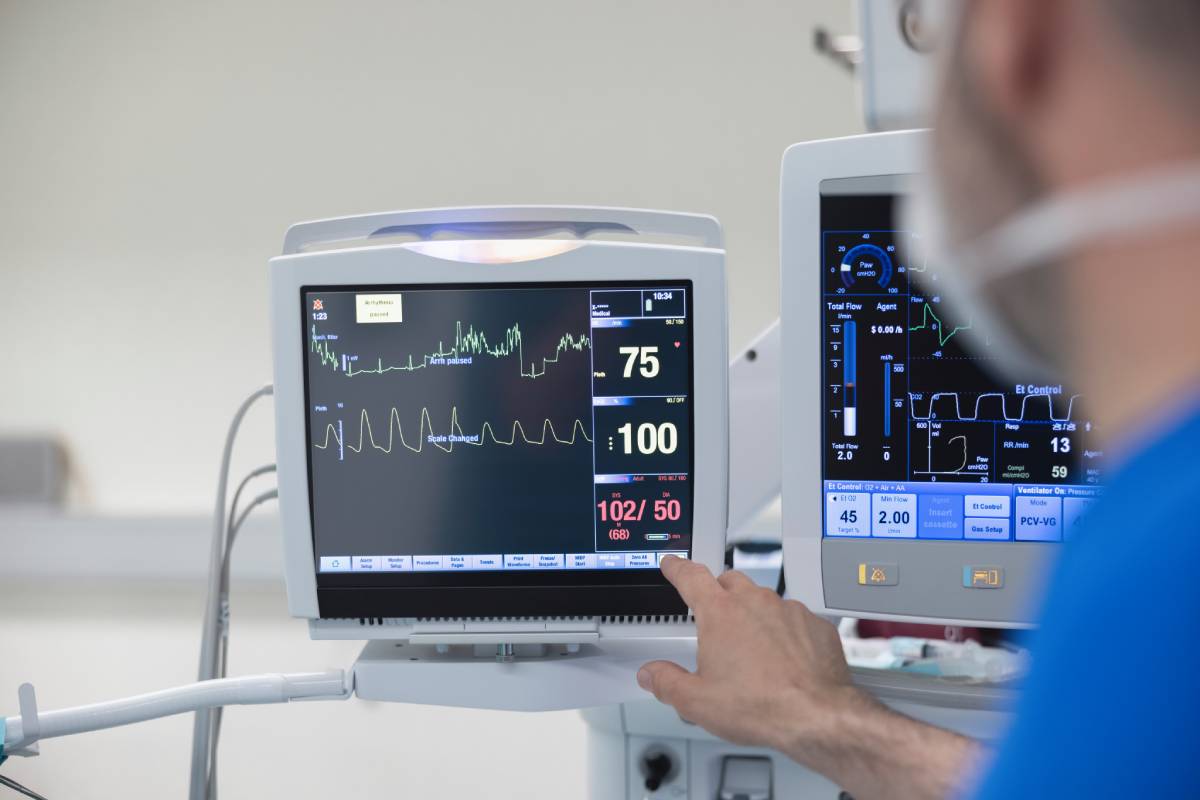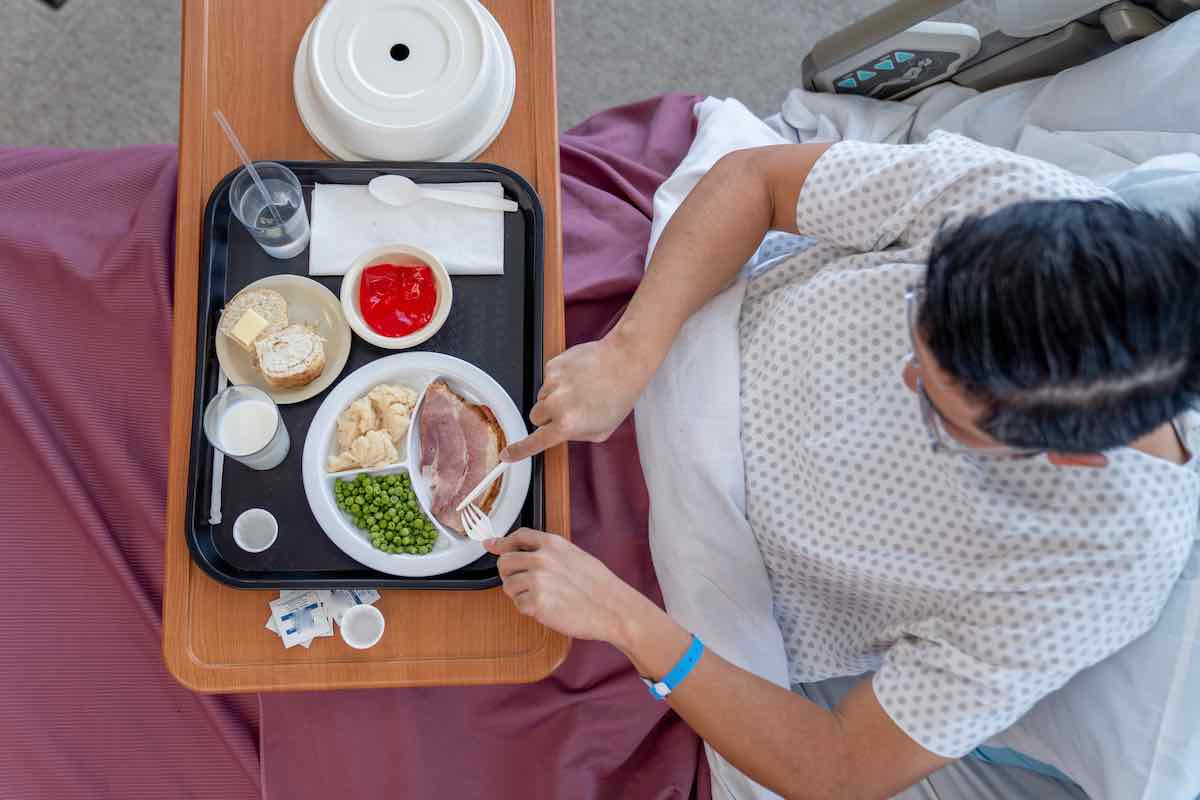Options for Oxygen Supply During Anesthesia and Surgery
Maintaining patient blood oxygen levels during anesthesia and surgery anesthesia and surgery is essential to ensuring patient safety, optimizing outcomes, and preventing hypoxic injury to the body’s tissues. Patients undergoing anesthesia and surgery, among other medical procedures, often receive supplementary oxygen. Healthcare facilities have several options for arranging an oxygen supply.
The different options for oxygen supply during anesthesia and surgery have their own advantages, costs, and clinical considerations. One common oxygen supply method is the use of pressurized gas cylinders. These portable tanks are versatile and can be easily moved between operating rooms. However, they require regular refilling and careful monitoring of pressure levels. Large hospitals often utilize bulk liquid oxygen systems, which offer a more cost-effective solution for high-volume usage. These systems store oxygen in a cryogenic state and vaporize it as needed, providing a continuous supply for multiple operating rooms. An increasingly popular option is the pressure swing adsorption (PSA) oxygen plant. These on-site generators produce medical-grade oxygen from ambient air, offering healthcare facilities greater independence from external suppliers. While the initial investment for a PSA plant can be significant, it can lead to substantial long-term cost savings, especially for facilities with high oxygen consumption.
When healthcare facilities are selecting among these options for oxygen supply during anesthesia, surgery, and other medical treatments, cost comparisons are an important factor. Cost varies depending on factors such as facility size, location, and usage patterns. A recent study found that PSA plants can be the most cost-effective option when operating at full capacity, with production costs as low as $0.17 per cubic meter. In contrast, liquid medical oxygen refilling costs around $0.34 per cubic meter, and jumbo cylinder refilling about $0.63 per cubic meter. However, these figures can fluctuate based on electricity costs and plant utilization rates. The clinical utility of each oxygen supply method depends on the specific needs of the healthcare facility. Cylinders are ideal for smaller facilities or as backup sources, while bulk liquid systems suit large hospitals with high, consistent demand. PSA plants offer flexibility and independence but require careful maintenance to ensure consistent oxygen purity.
The risks associated with running out of oxygen during anesthesia and surgery are severe and can lead to patient hypoxia, organ damage, or even death. For surgical centers, oxygen shortages can result in cancelled procedures, reputational damage, and potential legal liabilities. To mitigate these risks, facilities must implement robust monitoring systems and have clear protocols for supply chain management and emergency situations. Backup oxygen sources are crucial for emergency situations. Most facilities employ a combination of methods to ensure uninterrupted supply. For instance, a hospital might primarily use a bulk liquid system with cylinders as backup. Some modern anesthesia machines come with built-in oxygen regulators compatible with E-tanks, providing an additional layer of safety.
Selecting the appropriate oxygen supply system requires careful consideration of a facility’s specific needs, budget, and risk management strategies. A multi-layered approach combining different supply methods often provides the best balance of cost-effectiveness, reliability, and safety. As healthcare technology advances, new options like improved on-site generation systems may further enhance the efficiency and reliability of oxygen supply in surgical settings.
References
1. Hardman D, Gao T, Peng P, Brull R. Supplemental Perioperative Oxygen to Reduce Surgical Site Infection: A Systematic Review and Meta-analysis. Anesthesiology. 2021;134(3):406-422. doi:10.1097/ALN.0000000000003670
2. Humphreys S, von Ungern-Sternberg BS, Skowno J, et al. High-flow oxygen for children’s airway surgery: randomised controlled trial protocol (HAMSTER). BMJ Open. 2019;9(10):e031873. doi:10.1136/bmjopen-2019-031873
3. Jain A, Subramanian S, Chakrabarti A, et al. Cost analysis of different medical oxygen sources for a healthcare facility in India. BMJ Innov. 2023;9(1):e000980. doi:10.1136/bmjinnov-2022-000980
4. Thiele RH, Nemergut EC, Lynch C. The clinical implications of isolated alpha(1) adrenergic stimulation. Anesth Analg. 2011;113(2):297-304. doi:10.1213/ANE.0b013e3182120ca5
5. Wetterslev J, Meyhoff CS, Jørgensen LN, et al. The effects of high perioperative inspiratory oxygen fraction for adult surgical patients. Cochrane Database Syst Rev. 2015;(6):CD008884. doi:10.1002/14651858.CD008884.pub2
More From The Blog

Managing Heart Rate During Anesthesia
Managing heart rate during anesthesia contributes to ensuring patient safety and comfort throughout surgical procedures and is a key responsibility of the anesthesia provider. Heart

Eating and Drinking After Anesthesia
Recovering from anesthesia involves a series of carefully timed steps, including the reintroduction of food and drink. Anesthesia, whether general, regional, or local, affects the